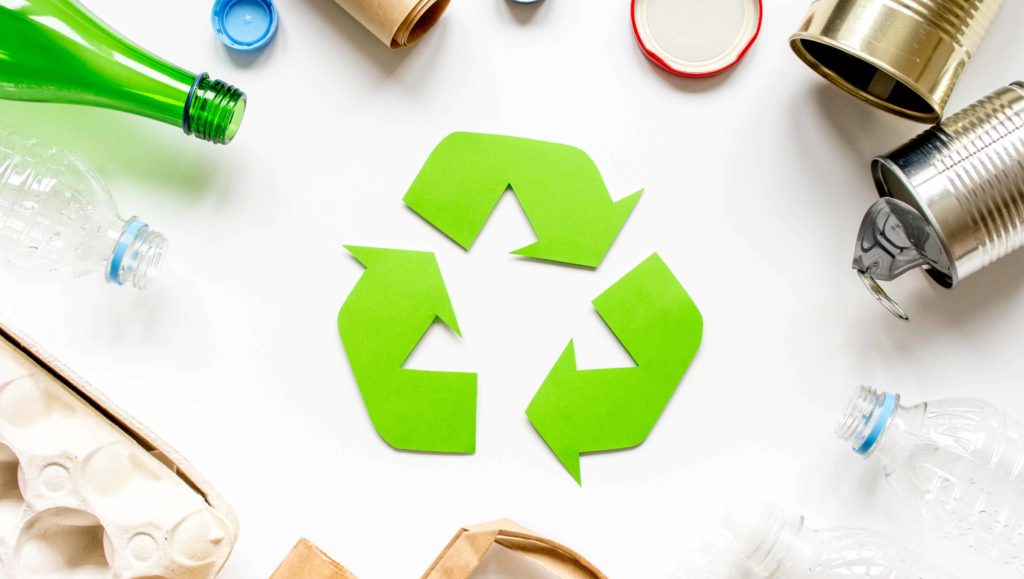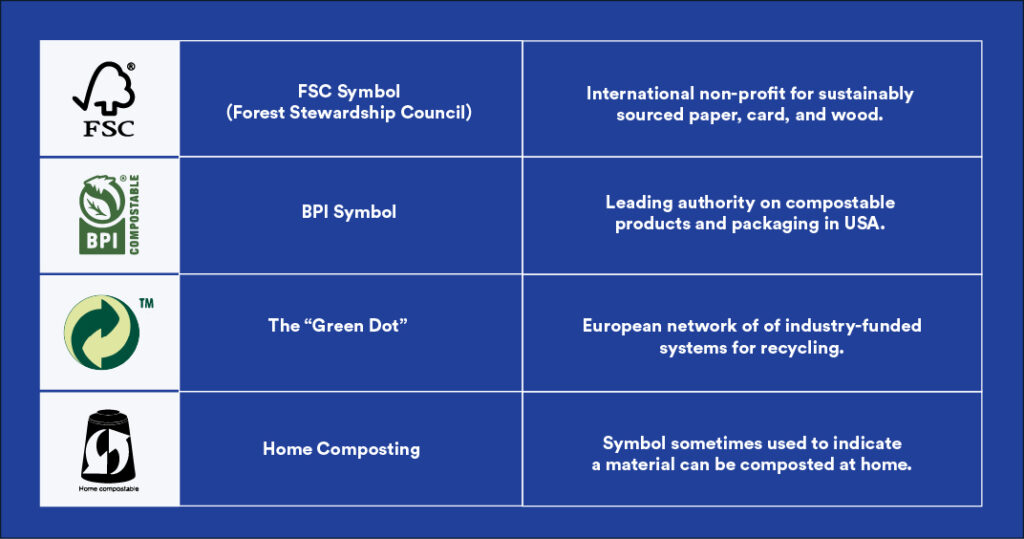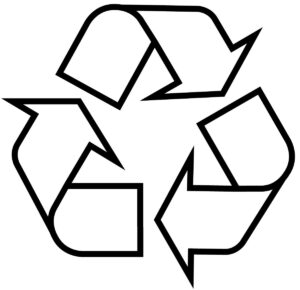
Source: moma.org
Everyone knows this symbol… right? It’s the universal recycling symbol, used the world over to indicate that a material is recyclable. It’s used on glass, metals, paper, plastics, and organics as well as other items such as batteries and composite materials.
The three chasing arrows represent the concept of reduce, reuse, recycle, and the Mobius loop design represents circularity, or more specifically, the idea of keeping materials in the loop to reduce waste.
But did you know the universal recycling symbol began life more like this? This was the original design created by Gary Anderson in 1970. It was the winner of the Container Corporation of America’s (CCA) inaugural Earth Day competition—Gary was still a student at the time. Little did anyone realize that it would become such a ubiquitous part of the 21st century zeitgeist.

Source: medium.com
Today, of course, the universal recycle symbol is easily recognized, however, there are countless variations on the theme, with each ascribed to specific material, and even specific types of materials within a family of materials such as plastics. Additionally, while attempts have been made to standardize the use of recycling symbols, each country or continent follows their own standards, and while some legislate the use of standardized symbols, others only follow a voluntary program.
So, to help you decode and understand the world of recycling labels found on the everyday products you use, our comprehensive guide looks at the importance of these symbols, how to read and understand them, and the most common types of symbols you will find on US and European products. Read on to learn more.
The Importance of Recycling Symbols
As the world comes to terms with the growing amounts of waste generated every day, understanding what can and can’t be recycling is increasingly important. Not only do we need to divert more waste away from landfill, but we also need to keep materials in the loop for as long as possible so that we can reduce our reliance on virgin materials (particularly fossil fuels and oil-based materials) and avoid the environmental impacts associated with extracting them.
Greater clarity and transparency are required from manufactures when using recycling symbols so that consumers understand both what they are buying and how it is dealt with at the end of its usable life. For this reason, there is a growing number of recycling symbols currently in use, and as the need for better recycling systems and curbside collections increase, it is likely that the list will grow and be further refined.
How Do You Read Recycling Symbols?
Most recycling symbols today follow some variation of the original three arrow theme, with further information added to help consumers identify the materials used within the manufacture products and packaging. In turn, this should act as a guide as to what can and can’t be recycled, however, it is always important to check the specific recycling programs of your local authority.
Recycling Symbols Explained
The universal recycling symbol was never copyrighted, and so is free to use within the public domain. This means any company is free to use, edit, or integrate it into their own designs, and there is little in the way of legislation in the US to ensure labels are clear and transparent to consumers. Over the years, this has caused confusion for customers trying to increase their own recycling rates, as labels can often be misleading or just plain greenwashing. Subsequently, aspirational recycling (where individuals add products to recycling streams believing them to be recyclable) is a growing concern.
Unicode, the international character encoding standard, lists the following symbols alongside the universal recycling symbol in its catalogue.
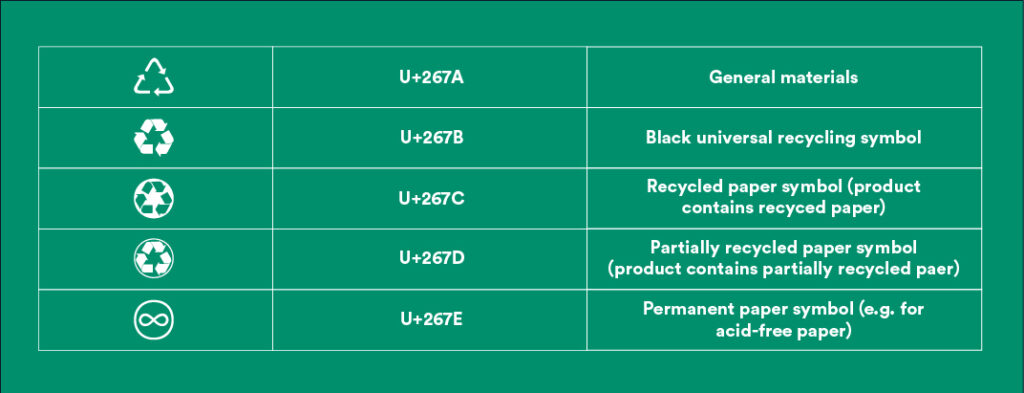
However, these do little to help the consumer understand what can and can’t be recycled on a day-to-day basis, as they rarely appear as listed here and don’t really give information on how to recycle products. So, in addition to these, various organizations and governments have attempted to both increase the number and variety of recycling symbols and standardize their use across the board, giving consumers more information on the materials used and how they might be recycled.
Below, we diver a little deeper into some of the recycling codes you are likely to see on products and packaging and whether they can be recycled.
Plastic Recycling Symbols
Plastic recycling symbols are tied to a resin identification code or, put simply, the type of plastic that is used in manufacture. The USA currently uses seven codes on for different types of plastic, however, much of the rest of the world use more. Products made from multiple types of plastic will show multiple codes, as well as codes for any other types of materials used during the manufacture of that product.
This table shows the seven codes used by the plastics industry for everything from single-use product packaging to Styrofoam.
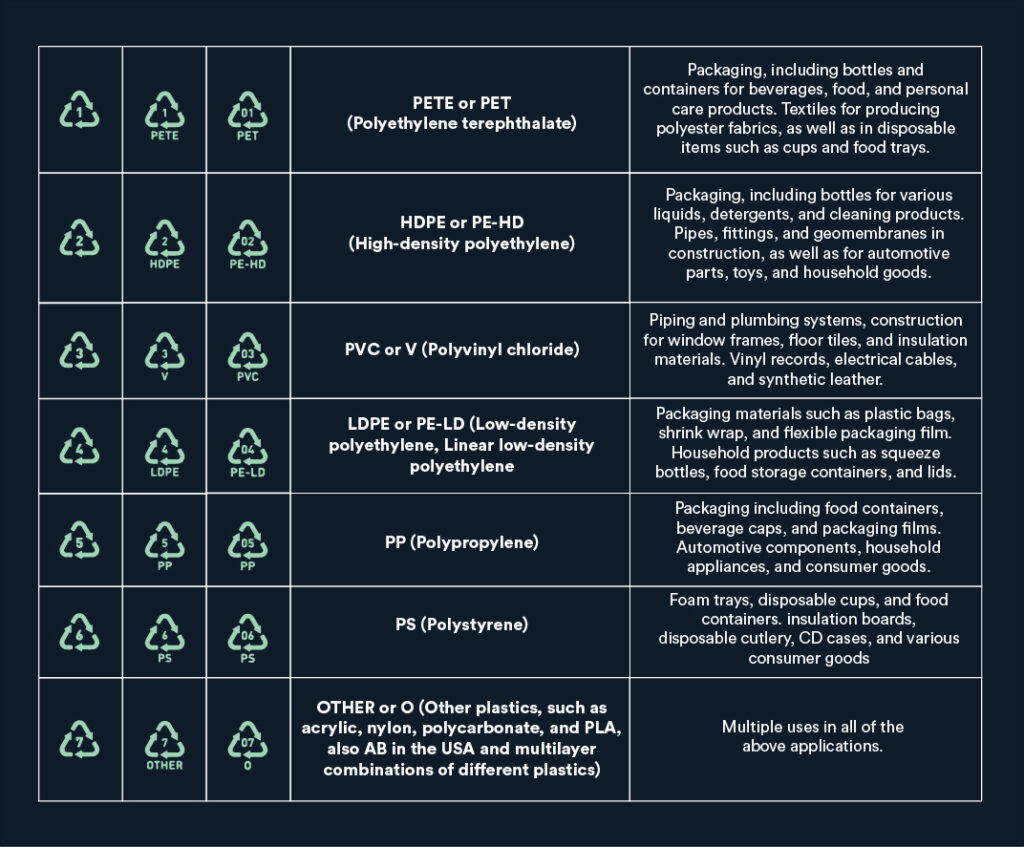
European Union Recycling Standards
The following selection of symbols are defined by the European Commission as the standard for products and packaging. Alongside the above plastic resin codes, they are a mandatory addition to products and packaging for any company selling goods in the European Union. This list is not comprehensive, however, many of those symbols listed here are also in use within the USA, so it’s useful to understand what they mean so that you can identify whether a material or product is recyclable in your area.
Paper Recycling Symbols

Metal Recycling Symbols
Glass Recycling Symbols

Organic Recycling Symbols
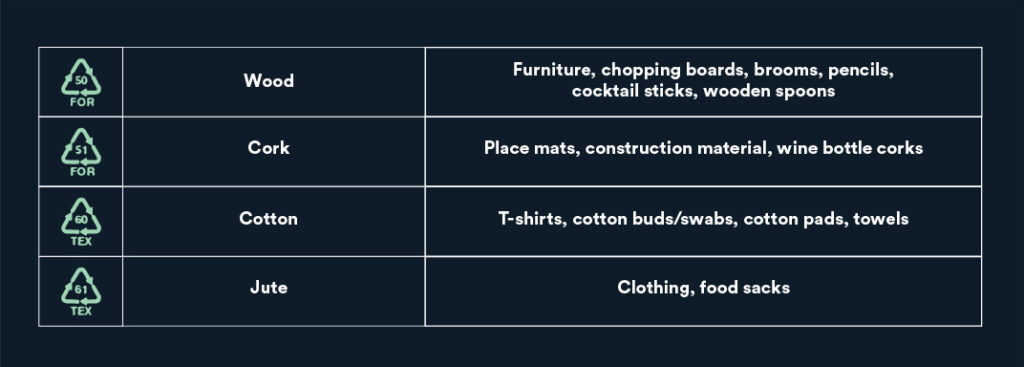
Composite Recycling Symbols
Battery Recycling Symbols

Other Symbols in Use
Other recycling symbols that you may come across on various types of products and packaging include the following.
Conclusion
With such an abundance of different recycling symbols currently in use it is clear that greater transparency is needed from companies, and within the US in particular, better legislation is required to ensure that consumers understand what can and cannot be recycled. Increasing the circularity and sustainability of all materials must become a priority if we are to tackle the mountains of waste we generate on a daily basis, and the proper use of clear and informative recycling symbols has the potential to help consumers recycle more efficiently.
For more information on how you and your business can implement recycling symbols into your products, and how to recycle more effectively, read the RTS blog today. Additionally, for a free waste assent and to understand your businesses current waste generation, contact a member of the RTS team today.

